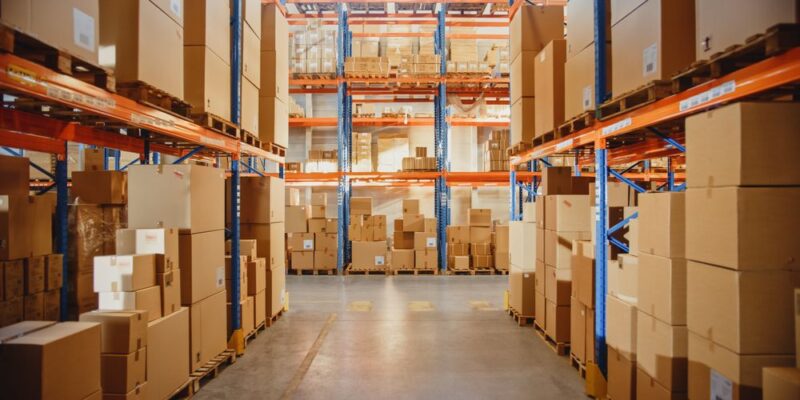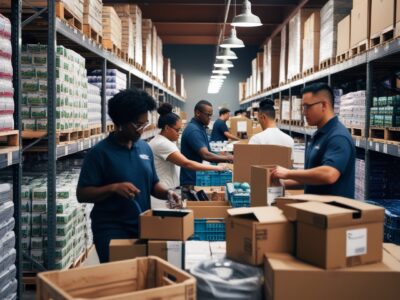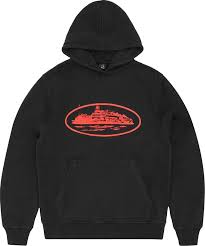
If you’re selling on Amazon, you’ve probably heard of Amazon FBA’s Lightning Deals and Promotions. But are you really using them to their full potential? These tools are not only a great way to boost your sales, but they can also help you stand out from the crowd in the vast marketplace that Amazon has become. Let’s dive into how you can effectively use these powerful promotional tools to grow your business.
1. Introduction
Navigating the vast and competitive world of Amazon selling can be overwhelming. As an Amazon FBA seller, one of the most effective ways to break through the noise and gain traction is by leveraging Amazon’s Lightning Deals and Promotions. But how do you make the most out of these tools? In this article, we’ll explore strategies, tips, and tricks that will help you utilize these promotional opportunities to their fullest potential, making your product stand out and increasing your sales.
2. What Are Amazon FBA’s Lightning Deals?
Amazon’s Lightning Deals are time-sensitive, limited quantity promotions where products are offered at a discounted price for a short period. These deals typically appear on Amazon’s Deals page, a prime destination for shoppers looking for a good bargain. When a deal goes live, it attracts significant attention, giving your product increased visibility and helping to boost your sales. Think of it as a flash sale—a quick burst of energy for your sales graph.
3. Why Use Lightning Deals and Promotions?
Have you ever wondered why some products skyrocket in popularity seemingly overnight? Lightning Deals and Promotions are often the secret sauce. These tools help create a sense of urgency. Imagine being in a crowded room—everyone is selling the same product, but you hold up a sign that says “Limited Time Offer!” People naturally gravitate toward you because they don’t want to miss out.
Amazon FBA promotions like Lightning Deals boost product visibility and entice customers with time-sensitive bargains. The more people see your product, the more likely they are to buy it. These promotions also lead to improved sales rankings, which in turn further increase visibility. It’s a positive feedback loop that can dramatically improve your business.
4. How to Set Up a Lightning Deal
Setting up a Lightning Deal is relatively straightforward. Navigate to your Amazon Seller Central account and go to the Deals section. From there, you can select eligible products and choose a specific time frame for the deal to run. Amazon will provide guidelines for the discount percentage and the quantity required for the promotion.
Once you’ve selected your product and scheduled the deal, Amazon will review and approve it. You can monitor the progress of your deal in real-time, allowing you to make any necessary adjustments. Keep in mind that Lightning Deals are not free—they come with a fee that varies depending on the date and time of the promotion.
5. The Best Time to Run Lightning Deals
Timing is everything. Running your Lightning Deal during peak shopping times—like holidays or during Amazon’s Prime Day—can significantly increase its effectiveness. However, competition can also be fierce during these periods, so make sure your product is well-prepared with strong reviews, optimized listings, and competitive pricing.
You can also capitalize on less competitive times when shoppers are still hunting for deals. Weekends and the days leading up to payday are often good opportunities to attract deal-seeking customers.
6. Maximizing the Benefits of Promotions
While Lightning Deals provide a surge in visibility, ongoing promotions can maintain a steady flow of traffic to your listings. Amazon offers several types of promotions, such as Percentage-Off discounts, Buy One Get One deals, and Coupon promotions. Each of these has its place depending on your product type and customer base.
To maximize the benefits of promotions, think strategically. For instance, if you’re trying to move older inventory, a larger discount may be appropriate. On the other hand, a small but meaningful promotion might be enough to boost sales of a product that already has strong momentum.
7. Eligibility Criteria for Lightning Deals
Not every product is eligible for a Lightning Deal. Amazon has specific criteria that your product must meet, including having a minimum of three stars in reviews and a competitive price. Additionally, you need to have enough inventory to cover the duration of the deal—running out of stock could negatively impact your rankings.
Make sure to regularly check Amazon’s eligibility requirements, as they can change. If your product doesn’t currently qualify, take the necessary steps to improve your listing so you can take advantage of future promotional opportunities.
8. Common Mistakes to Avoid
When it comes to running Lightning Deals and Promotions, there are some common pitfalls that sellers often fall into. One of the biggest mistakes is underestimating the amount of inventory needed. Nothing is worse than running out of stock in the middle of a promotion, as it not only leads to lost sales but can also hurt your product ranking.
Another mistake is offering a discount that’s too small. Lightning Deals need to be compelling enough to grab attention. If your deal is only 5% off, shoppers might not feel the urgency to buy. Find the sweet spot that attracts buyers without cutting too deeply into your profit margins.
9. Success Stories from Amazon Sellers
Numerous Amazon sellers have used Lightning Deals to skyrocket their business. For example, one seller who offered kitchen gadgets saw a 300% increase in sales during the promotion and subsequently experienced sustained sales growth even after the deal ended. Another seller in the beauty niche used promotions to clear out old stock, making room for new products while maintaining a positive cash flow.
10. Leveraging Amazon FBA Metrics
One of the biggest advantages of using Amazon FBA for your promotions is access to detailed metrics. After running a Lightning Deal, you can dive into your Seller Central analytics to see how the promotion impacted sales, page views, and conversion rates. Use this data to refine your strategy for future deals. For instance, if you notice that a certain time slot resulted in more sales, consider scheduling your next deal during the same period.
11. Optimizing Your Listings for Promotions
To get the most out of your promotions, ensure that your product listing is fully optimized. This includes having high-quality images, persuasive product descriptions, and keywords that align with what shoppers are searching for. Reviews and ratings also play a critical role, so encourage satisfied customers to leave feedback.
Before launching a promotion, review your listing to ensure everything is in place. Remember, even the best deal won’t convert if your listing isn’t appealing to shoppers.
12. How Promotions Affect Sales Rankings
Running promotions through Amazon FBA can have a lasting impact on your sales rankings. A spike in sales during a Lightning Deal sends a signal to Amazon’s algorithm that your product is popular, which can result in improved rankings. This boost can last long after the promotion ends, leading to increased organic sales.
13. Amazon’s Algorithm and Promotions
Amazon’s algorithm prioritizes products that sell well, and promotions are one of the best ways to trigger increased sales. When you run a successful Lightning Deal, it can improve your Best Seller Rank (BSR), making your product more visible to potential buyers. However, it’s essential to ensure that your product continues to perform well after the promotion to maintain these benefits.
14. How to Measure Promotion Success
Success isn’t just about short-term sales. A successful promotion should also lead to increased visibility, better rankings, and more reviews. Look beyond just the immediate spike in sales and analyze how the promotion affected your overall business. Did your conversion rates improve? Are you seeing more traffic to your listings?
15. Conclusion: The Future of Lightning Deals and Promotions
As Amazon continues to evolve, so too will its promotional tools. Staying ahead of the curve means constantly refining your strategies and being willing to test new tactics. Lightning Deals and Promotions are powerful tools, but like any tool, they require a skilled hand to wield them effectively. Keep experimenting, learning from your results, and fine-tuning your approach to grow your Amazon FBA business.
At UTN Wholesale, a trusted partner for Amazon sellers nationwide, we specialize in affordable wholesale solutions tailored to the distinct needs of e-commerce. Our retailer-centric deals, such as our Neutrogena Products Wholesale line, guarantee high profit margins with no compromises. Keep experimenting, learning from your results, and fine-tuning your approach to grow your Amazon FBA business. Discover UTN Wholesale today and effortlessly increase your profitability.
FAQs
- What is the best time to run a Lightning Deal on Amazon?
The best time to run a Lightning Deal is during peak shopping periods, such as Prime Day, Black Friday, or during the holiday season. However, non-peak periods can also be effective depending on your target audience. - How do Lightning Deals affect my product ranking on Amazon?
A successful Lightning Deal can improve your product’s Best Seller Rank (BSR) due to the increased sales volume, leading to better visibility and higher organic search rankings. - What is the eligibility criteria for running a Lightning Deal?
Your product must have a minimum rating of three stars, sufficient inventory, and meet Amazon’s pricing requirements to be eligible for a Lightning Deal. - Can I run multiple promotions at the same time?
Yes, you can run multiple promotions simultaneously, such as a Lightning Deal and a Coupon promotion, but it’s essential to manage inventory and pricing to avoid confusion. - What is the cost of running a Lightning Deal?
The cost varies depending on the timing and duration of the deal. Amazon charges a fee for Lightning Deals, which can range from $150 to $500 or more, depending on the promotion period.






